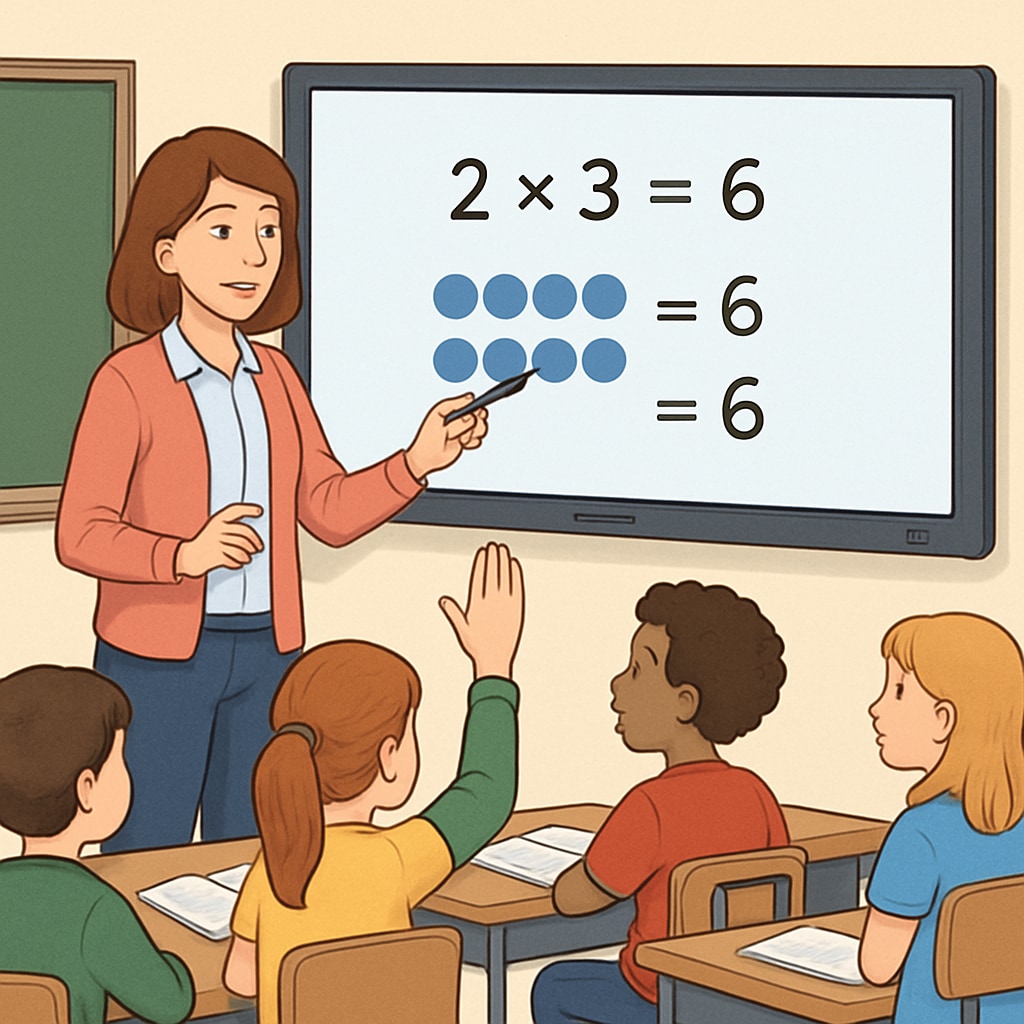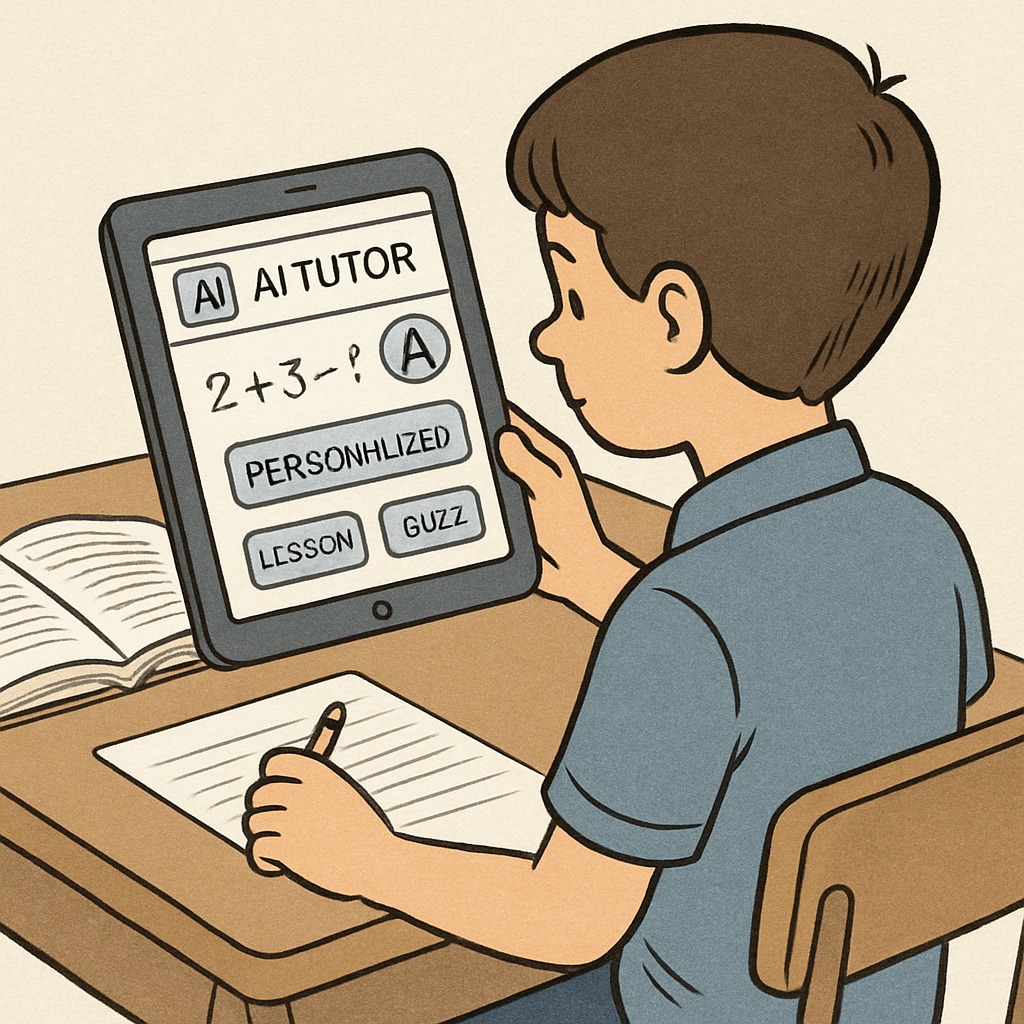In the ever-evolving landscape of K12 education, teachers and students encounter numerous education pain points, tool improvements, and everyday challenges. From managing diverse learning needs to navigating technological limitations, these obstacles demand innovative solutions to foster a more effective and inclusive learning environment. This article dives into the common struggles within K12 education and proposes practical tools to address these issues, ensuring a win-win scenario for both educators and learners.
Understanding the Core Challenges in K12 Education
Education systems worldwide aim to equip students with the skills needed for future success. However, K12 teachers and students face numerous hurdles daily. These challenges can be broadly categorized into the following:
- Diverse Learning Needs: In a single classroom, students come with varying abilities, learning styles, and socio-economic backgrounds, making it challenging for educators to address individual needs effectively.
- Time Constraints: Teachers often juggle curriculum demands, administrative tasks, and personalized attention for students, leaving little time for innovation or reflection.
- Technological Gaps: While many schools integrate digital tools, disparities in access to technology and training create barriers to effective usage.
- Engagement Struggles: Modern students, accustomed to fast-paced digital content, may find traditional teaching methods unengaging and outdated.
These pain points not only affect academic outcomes but also contribute to teacher burnout and student frustration. Therefore, addressing them is critical for a thriving educational ecosystem.

Existing Tools: Strengths and Limitations
Numerous tools are designed to support K12 education, ranging from learning management systems (LMS) to interactive apps. However, these tools often fall short in fully addressing the needs of teachers and students. For example:
- Limited Customization: Many platforms lack adaptability to cater to varied learning styles or subject-specific requirements.
- Tech Overload: The abundance of apps and tools can overwhelm educators, leading to underutilization or inefficiency.
- High Costs: Premium tools often come with high subscription fees, making them inaccessible for underfunded schools.
- Insufficient Training: Teachers may not receive adequate training to use these tools effectively, negating their potential benefits.
While tools like Google Classroom and Kahoot have revolutionized aspects of teaching, there remains a significant gap in integrating these technologies seamlessly into diverse educational settings.
Innovative Solutions to Address Education Pain Points
To create a more inclusive and effective learning environment, stakeholders in education must adopt innovative solutions. Here are some suggestions:
- Personalized Learning Platforms: AI-driven tools can analyze student performance and suggest tailored content, helping teachers address individual needs efficiently.
- Affordable and Accessible Tech: Open-source educational tools and low-cost devices can bridge the digital divide for underprivileged schools.
- Professional Development: Regular training sessions for teachers on the latest technology can enhance tool usage and teaching strategies.
- Gamification: Incorporating game elements into lessons can boost student engagement and make learning more enjoyable.
For instance, platforms like Edutopia offer educators resources to adopt innovative teaching practices. Similarly, initiatives like the Khan Academy provide free, high-quality learning materials accessible to all.

Building a Collaborative Future in Education
In conclusion, addressing education pain points, tool improvements, and everyday challenges requires a collaborative approach involving educators, students, policymakers, and tech developers. By embracing innovative tools and strategies, the K12 education system can evolve to meet the demands of the 21st century. The focus must remain on creating solutions that are accessible, engaging, and adaptable, ensuring a brighter future for both teachers and learners.
As the world continues to change, so must our approach to education. By leveraging technology and prioritizing inclusivity, we can transform classrooms into spaces where every student has the opportunity to thrive.
Readability guidance: This article uses concise paragraphs, clear headings, and lists to summarize key points. Transition words like “however,” “in addition,” and “for example” ensure smooth flow. Suggestions focus on practical solutions while avoiding jargon, ensuring accessibility for a broad audience.


